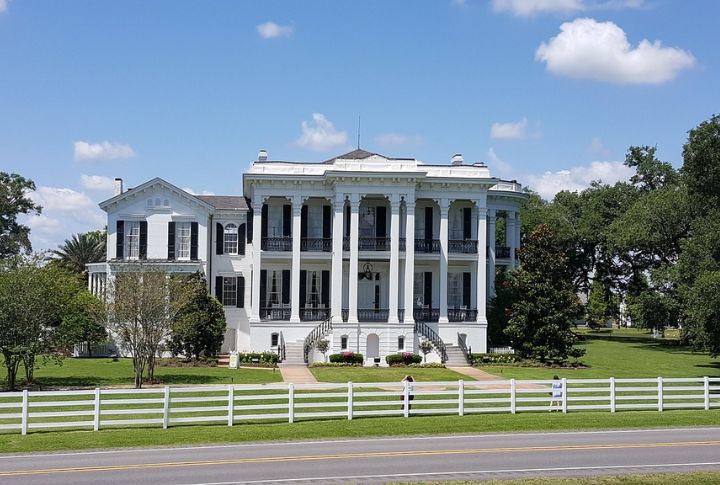
The Nottoway Plantation stands as a towering reminder of wealth built on human suffering. While it’s often celebrated for its beauty, the full story is far more unsettling. These facts tell the uncomfortable truths long buried beneath its foundation. Read on to understand the real legacy that shaped one of America’s most iconic mansions.
Built by 155 Enslaved People In Just Two Years
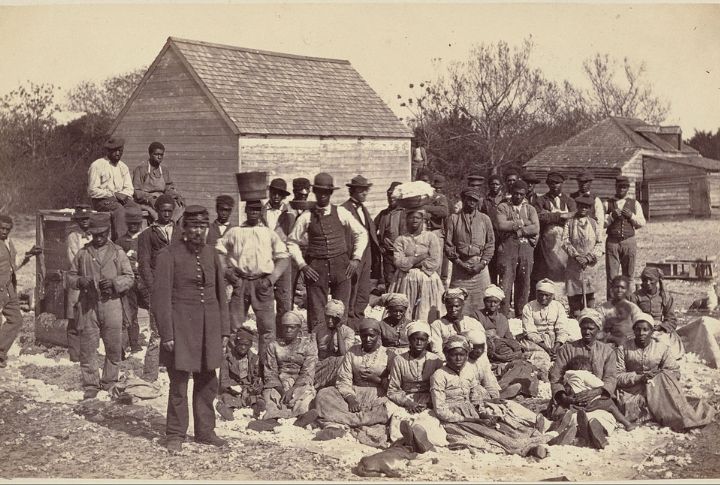
Construction of Nottoway began in 1857 and finished by 1859, powered by 155 enslaved laborers. Over one million bricks were laid by hand without machinery. Workers endured brutal heat while carving cypress beams and forming materials onsite—evidence of both the wealth it created and the suffering it required.
America’s Largest Standing Antebellum Mansion
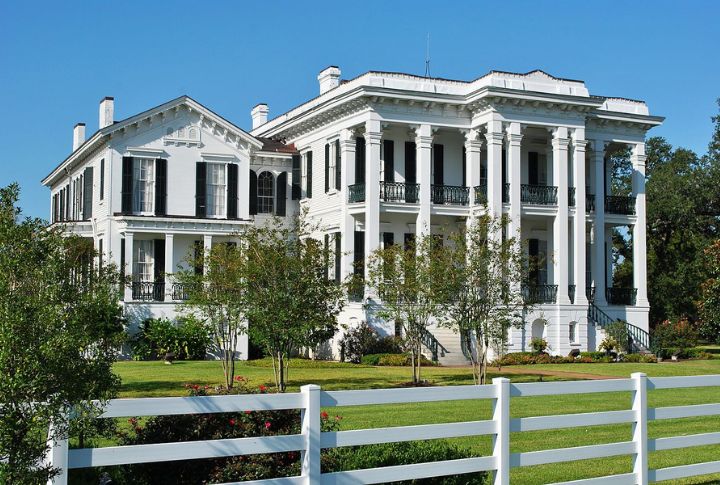
Before its destruction in 2025, Nottoway stood as the largest surviving pre–Civil War mansion in the U.S., spanning 53,000 square feet. It housed 64 rooms, 165 doors, and 200 windows, one for nearly every day of the year. Built to impress, it symbolized elite power built on enslaved labor.
White Ballroom Symbolized Racial Hierarchy
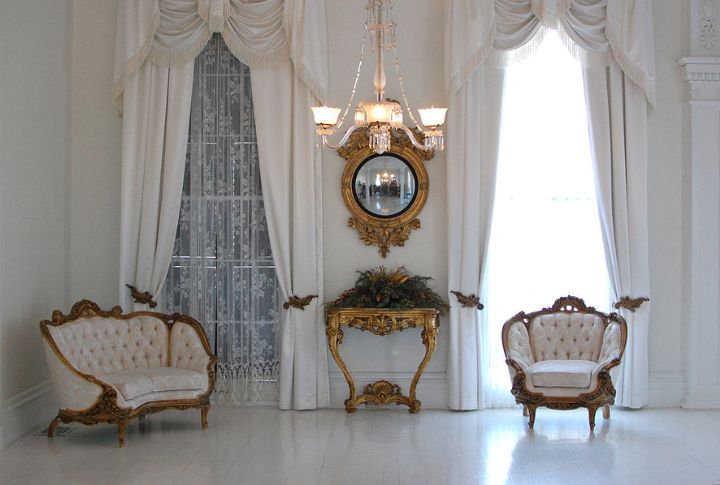
The plantation’s famous White Ballroom welcomed only white guests. Decorated entirely in white, from walls to ivory accents, it was designed to glorify whiteness. Enslaved individuals maintained the space they could never enter, reinforcing social separation while highlighting the role of aesthetics in upholding racial supremacy within elite Southern culture.
Sugarcane Fields Were Among The Most Lethal Work Environments
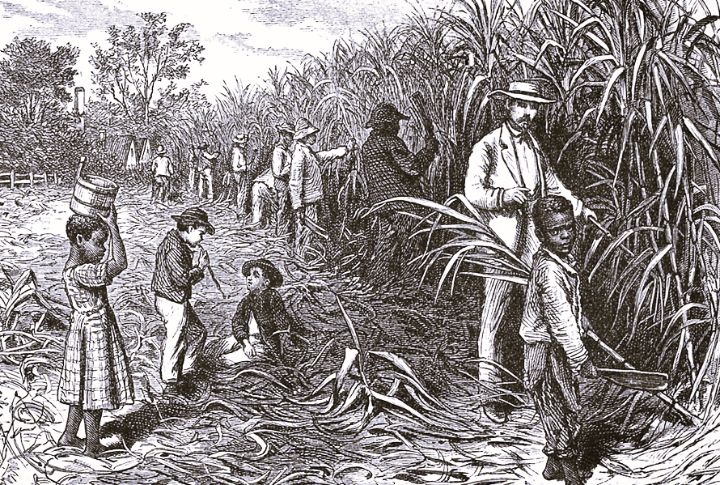
They worked 16-hour shifts, hacking through jagged sugarcane stalks. Boiling vats and crushing rollers during sugar refining often led to gruesome injuries and demises. Children weren’t spared from the brutal millwork. Louisiana’s sugar plantations, including Nottoway’s, recorded some of the highest slave passing away rates among enslaved populations nationwide.
Civil War Didn’t Stop Plantation Profits
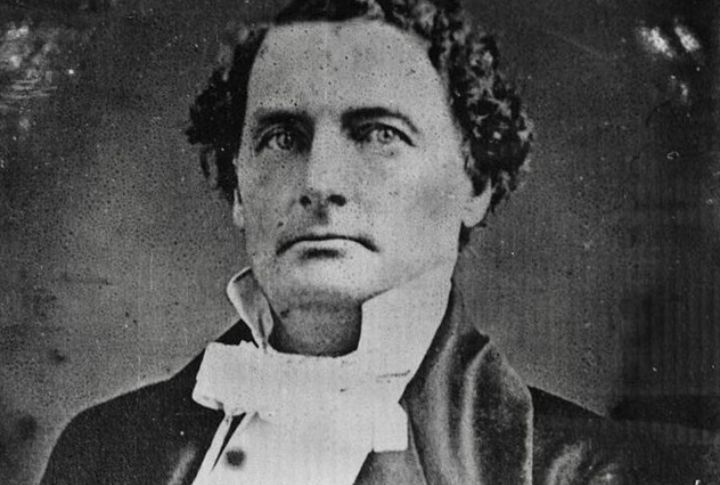
Owner John Randolph sold sugar to both Union and Confederate forces. He secured military exemptions to keep operations running and protected Nottoway from Union destruction. Even while championing the Confederacy, Randolph rebuilt commercial ties on both sides, proving profits and privilege mattered more than political loyalty during wartime.
Slave Quarters Were Erased From The Grounds
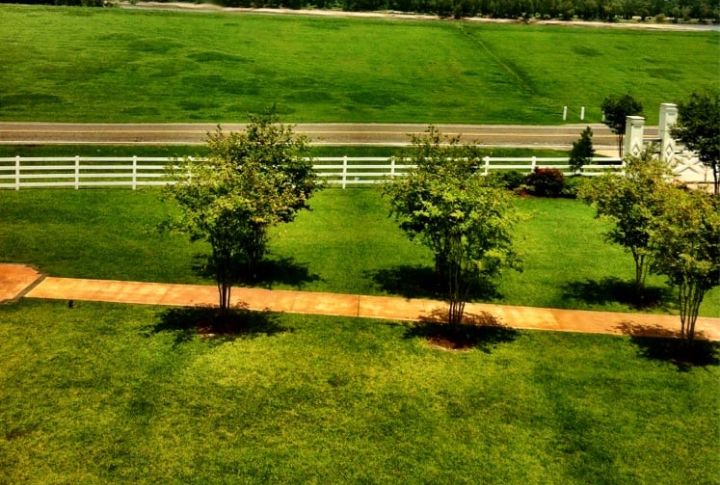
None of Nottoway’s original slave cabins remain. They were demolished without documentation or preservation. Today’s manicured land conceals the realities of enslaved life. Most visitors walk the grounds unaware that dozens once lived, worked, and passed away there, which is hidden by a sanitized version of history that omits uncomfortable truths.
Tour Scripts Gloss Over Enslaved Labor
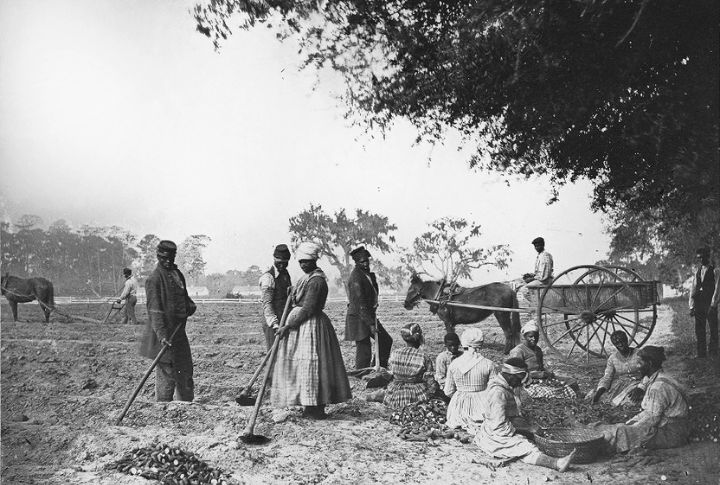
For decades, plantation tours highlighted architecture and wealth, mentioning enslaved people only briefly, or not at all. Some guides used romantic language, celebrating “Southern hospitality.” Honest interpretations acknowledging brutality and exploitation only emerged in the 21st century after growing public demand for transparency and historically accurate storytelling.
Luxury Weddings Held On Historic Grounds
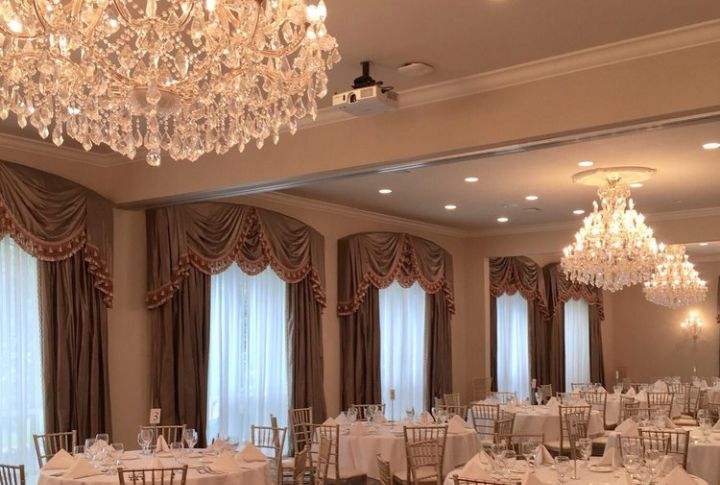
Today, Nottoway markets itself as a dreamy venue. Couples celebrate love near places once marked by human oppression. Guests often remain unaware of the land’s violent past. Critics argue that such commercialization trivializes Black suffering and turns historical trauma into a backdrop for entertainment and profit.
Confederate Symbols Once Lined The Property Grounds
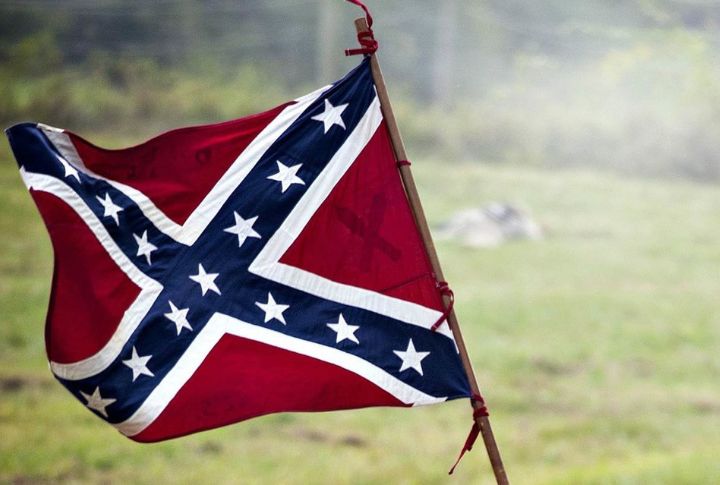
Nottoway’s grounds once featured Confederate symbols common in early 20th-century “Lost Cause” restorations. These markers celebrated a false narrative of Southern nobility. Some remained in place until recent years, removed only after public scrutiny forced a reckoning with the plantation’s role in promoting white supremacist memory.
The Mansion Was Reopened As A Resort In 1980

Private investors transformed Nottoway into a luxury hotel in 1980. Rooms were renamed for elegance, and overnight stays now cost $300 per night. While guests enjoy modern comforts, few are exposed to the site’s violent past. Marketing materials focus on beauty, leaving the full historical truth largely unspoken.

